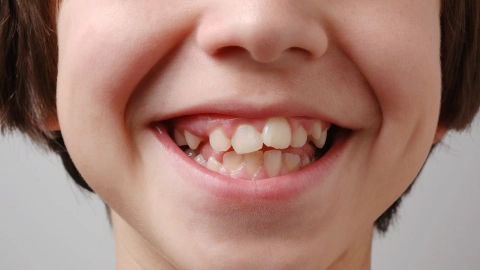ICD-Code K07.6: Temporomandibular joint disorders
You have a change, or damage to, your mandibular joint.
The mobile lower jaw bone is attached to the skull by the left and right mandibular joints. The mandibular joints are located to the right and left, just below the ears. The mandibular joints enable chewing, for example.
A variety of changes or damage can occur in the mandibular joints. For example, the joint cartilage in the mandibular joints may get more worn away than usual. Inflammation can also occur in the mandibular joint area. The mandibular joints may also be less mobile than usual from birth onwards. If parts of the low jaw bone are enlarged, this can also cause a change in the mandibular joints.
Changes or damage in the mandibular joints can produce a variety of symptoms. One may have pain in the face or other areas of the head. One may also have difficulties when chewing or when opening one's mouth. A clicking or rubbing may also be perceived in the area of the mandibular joints.
Additional indicator
On medical documents, the ICD code is often appended by letters that indicate the diagnostic certainty or the affected side of the body.
- G: Confirmed diagnosis
- V: Tentative diagnosis
- Z: Condition after
- A: Excluded diagnosis
- L: Left
- R: Right
- B: Both sides
Further information
Source
Provided by the non-profit organization “Was hab’ ich?” gemeinnützige GmbH on behalf of the Federal Ministry of Health (BMG).

